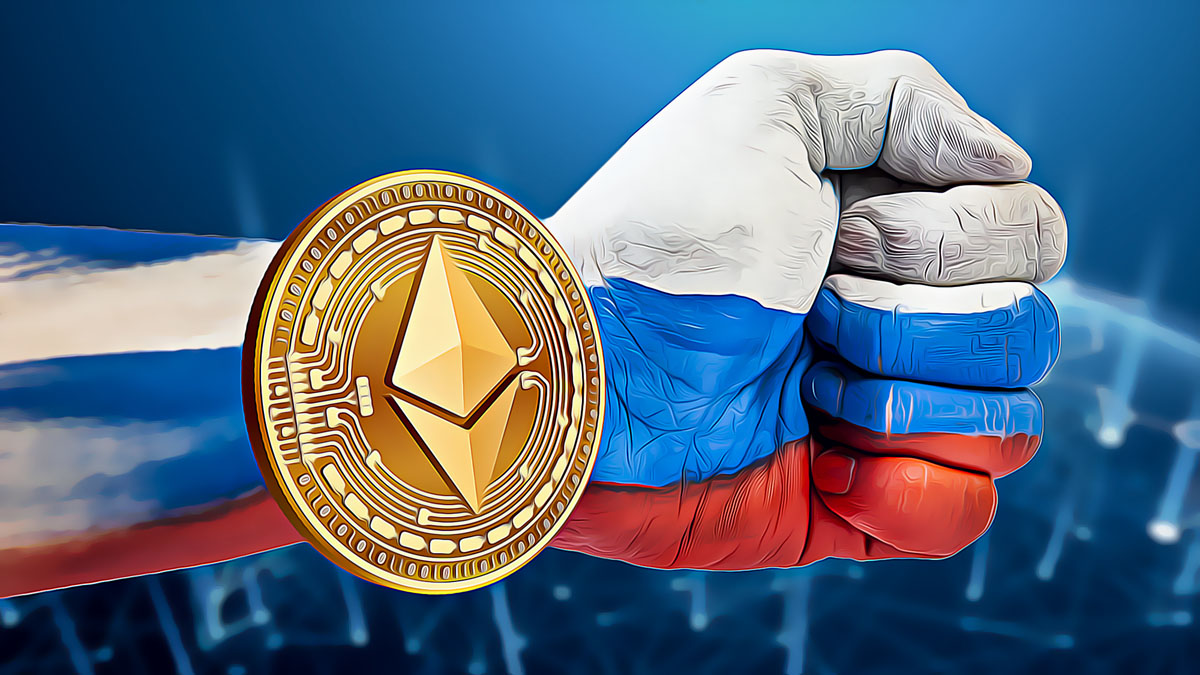 CaryptosHeadlines Media Has Launched Its Native Token CHT.
Airdrop Is Live For Everyone, Claim Instant 5000 CHT Tokens Worth Of $50 USDT.
Join the Airdrop at the official website,
CryptosHeadlinesToken.com
CaryptosHeadlines Media Has Launched Its Native Token CHT.
Airdrop Is Live For Everyone, Claim Instant 5000 CHT Tokens Worth Of $50 USDT.
Join the Airdrop at the official website,
CryptosHeadlinesToken.com

Vitalik Buterin, the Ethereum co-founder, has once again highlighted his charitable spirit, raising over $1 million through the sale of various memecoins. This substantial amount was directed toward Kanro, an organization dedicated to pandemic prevention and research. Buterin aims to bolster efforts to combat the pandemic with these contributions.
How Did Market Respond to Buterin’s Donations?
The sales, totaling approximately 1.6 million Australian dollars in USDC, had a significant effect on the memecoin market, according to Arkham Intelligence. For example, the value of Dodgy-Inu (DINU) fell over 50%, reaching a staggering 99% decline from its peak in 2021. In contrast, some tokens like ESTEE experienced a brief surge exceeding 100%, although this was short-lived due to the limited liquidity in the market.
What Does This Mean for Future Memecoins?
This isn’t the first time Buterin has made impactful donations; he previously contributed 88 ETH to the MOODENG token, which subsequently saw a price increase. Many memecoin initiatives frequently send a portion of their tokens to Buterin, likely seeking to leverage his influence, although this often leads to a decline in their token values.
Buterin’s recent philanthropic activities have notably incited volatility within the memecoin space. Key points to note include:
- Significant price fluctuations in tokens like DINU and ESTEE.
- Large transactions can create ripples in smaller market segments.
- Ongoing market uncertainties necessitate close observation of Buterin’s sales.
The implications of Buterin’s memecoin transactions extend beyond immediate donations. As the cryptocurrency landscape continues to evolve, understanding the effects of such high-profile sales on market dynamics will be crucial for participants in the digital asset space.
Disclaimer: The information contained in this article does not constitute investment advice. Investors should be aware that cryptocurrencies carry high volatility and therefore risk, and should conduct their own research.











